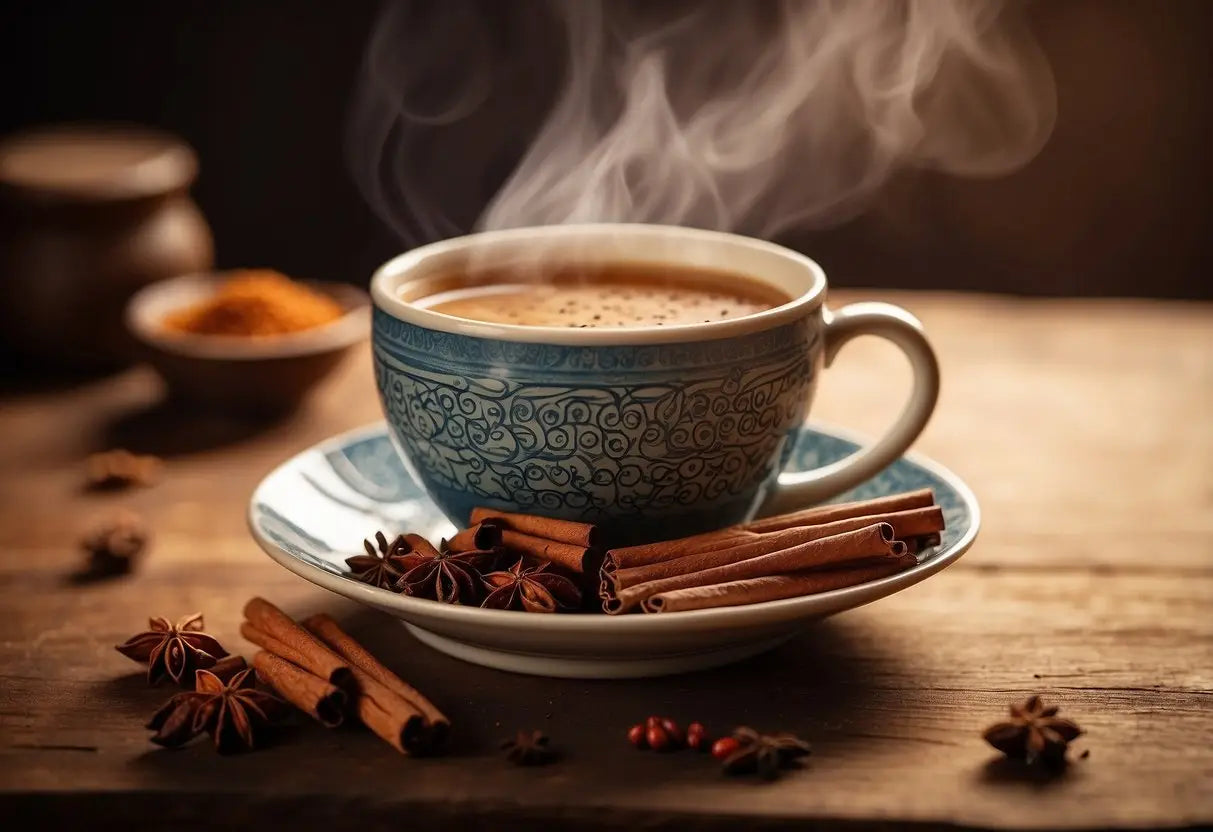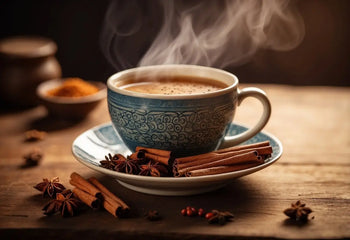Types of Matcha
Matcha, a specially grown and processed form of green tea, has a rich history rooted in Japanese culture. It's distinct due to its unique harvesting and processing methods, and holds deep cultural significance. History and Origin Matcha traces its roots back to Tang Dynasty China, where tea leaves were steamed and formed into bricks for storage. Japanese monks brought the practice to Japan in the 12th century. Myoan Eisai, a Zen Buddhist monk, is credited with popularizing matcha in Japan. By the 16th century, matcha had become a central element of Japanese tea ceremonies, thanks to Sen no Rikyū, who...
Does Chai Tea Make You Poop
Shop our Pu Erh Tea collections! Chai tea is a blend of black tea, spices, milk, and sweeteners. Black Tea Black tea is the base component. Rich in antioxidants, it contributes caffeine and thearubigins. Common Spices Cinnamon: Adds warmth and sweetness. Cardamom: Provides a unique, aromatic flavor. Ginger: Offers a spicy kick and aids digestion. Cloves: Impart a robust, earthy taste. Black Pepper: Enhances spiciness and stimulates the digestive system. Milk Milk, typically cow's milk, adds creaminess and balances out the strong flavors of the spices. You can also use plant-based alternatives like almond, soy, or coconut milk. Sweeteners Common...
Is Chai Tea Latte Good for You
Drinking a chai tea latte can be beneficial for your health. It contains a blend of spices and tea that offer various advantages. Antioxidants Chai tea latte is made from black tea, which is rich in antioxidants. These can help protect your cells from damage caused by free radicals. Anti-inflammatory Properties Several spices in chai, such as ginger and cinnamon, have anti-inflammatory effects. They may help reduce inflammation in your body. Digestive Health Ginger and cardamom are known to promote digestive health. They can aid in digestion and reduce nausea and bloating. Immune Support Cloves and cinnamon in chai have...
Lady Grey vs Earl Grey
Lady Grey and Earl Grey are both variations of black tea, each with its unique characteristics. These teas are flavored with bergamot, a citrus fruit, but they cater to different tastes. Earl Grey is a classic black tea infused with bergamot oil, giving it a distinct citrus aroma. It's known for its bold and robust flavor, often enjoyed with a slice of lemon or a dash of milk. Lady Grey, on the other hand, is a milder version of Earl Grey. In addition to bergamot, it contains extra citrus flavors like lemon and orange. This tea tends to be lighter...
Recent articles






